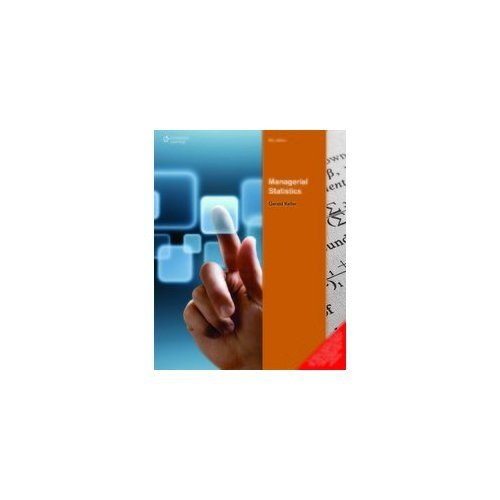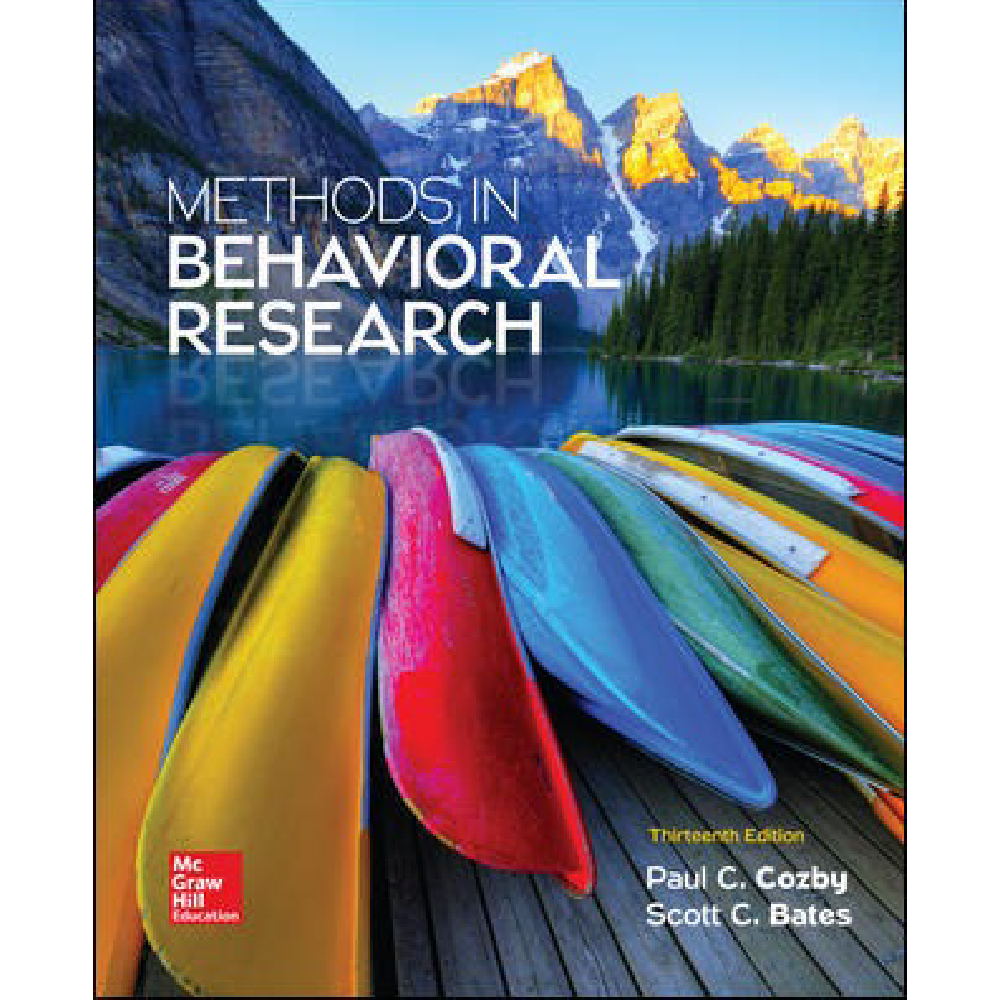Methods In Behavioral Research 13th Edition By Paul – Test Bank
$55.00
Methods In Behavioral Research 13th Edition By Paul – Test Bank
You will receive this product within 24 hours after placing the order
Methods in Behavioral Research 13th Edition By Paul – Test Bank
Chapter 11
Test Bank
1. In a _____ design, a subject’s behavior is measured over time during a baseline control period.
A. single-case
B. control series
C. propensity score
D. nonequivalent control group
Accessibility: Keyboard Navigation
APA Outcome: 1.1: Describe key concepts, principles, and overarching themes in psychology
Blooms: Remember
Difficulty Level: Easy
Learning Objective: Describe single-case experimental designs and discuss reasons to use this design.
Topic: Single-Case Experimental Design
2. Single-case experiments were developed from a need to
A. have a design that examines a measurement at only one point in time.
B. measure only a single dependent variable.
C. determine whether an experimental manipulation has an effect on a single research participant.
D. overcome selection differences that occur in nonequivalent control group design.
Accessibility: Keyboard Navigation
APA Outcome: 1.1: Describe key concepts, principles, and overarching themes in psychology
Blooms: Understand
Difficulty Level: Medium
Learning Objective: Describe single-case experimental designs and discuss reasons to use this design.
Topic: Single-Case Experimental Design
3. One method used to demonstrate the reversibility of the effect of an independent variable is a(n)
A. quasi-experimental design.
B. interrupted time series design.
C. control series design.
D. ABA design.
Accessibility: Keyboard Navigation
APA Outcome: 1.1: Describe key concepts, principles, and overarching themes in psychology
Blooms: Remember
Difficulty Level: Easy
Learning Objective: Describe single-case experimental designs and discuss reasons to use this design.
Topic: Reversal Design
4. Which of the following is a basic reversal design?
A. pretest-posttest design
B. interrupted time series design
C. ABA design
D. quasi-experimental design
Accessibility: Keyboard Navigation
APA Outcome: 1.1: Describe key concepts, principles, and overarching themes in psychology
Blooms: Remember
Difficulty Level: Easy
Learning Objective: Describe single-case experimental designs and discuss reasons to use this design.
Topic: Reversal Design
5. To examine how a reward influences a desired behavior, a mother first counts the number of times her son makes his bed over a two-week period. For the next two weeks, she gives him a reward every time he makes his bed. Following this period, she stops rewarding him and again counts the number of times he makes his bed. This procedure would be an example of a(n) _____ design.
A. posttest-only
B. baseline treatment
C. control series
D. ABA
Accessibility: Keyboard Navigation
APA Outcome: 1.3: Describe applications of psychology
Blooms: Apply
Difficulty Level: Hard
Learning Objective: Describe single-case experimental designs and discuss reasons to use this design.
Topic: Reversal Design
6. An advantage of the ABAB reversal design over the ABA design is that it
A. is less expensive.
B. allows for fewer alternative explanations for the results.
C. can be used in clinical research.
D. is less time consuming.
Accessibility: Keyboard Navigation
APA Outcome: 1.1: Describe key concepts, principles, and overarching themes in psychology
Blooms: Understand
Difficulty Level: Medium
Learning Objective: Describe single-case experimental designs and discuss reasons to use this design.
Topic: Reversal Design
7. In an ABAB reversal design, the second “B” period is necessary to rule out
A. carry-over effects.
B. correlational variables.
C. chance fluctuations.
D. baseline changes.
Accessibility: Keyboard Navigation
APA Outcome: 1.1: Describe key concepts, principles, and overarching themes in psychology
Blooms: Understand
Difficulty Level: Medium
Learning Objective: Describe single-case experimental designs and discuss reasons to use this design.
Topic: Reversal Design
8. In the context of reversal designs, the ABAB design
A. provides a second withdrawal period.
B. does not account for chance fluctuations.
C. ends with the treatment rather than the withdrawal of treatment.
D. tests the effect of the treatment a third time.
Accessibility: Keyboard Navigation
APA Outcome: 1.1: Describe key concepts, principles, and overarching themes in psychology
Blooms: Understand
Difficulty Level: Medium
Learning Objective: Describe single-case experimental designs and discuss reasons to use this design.
Topic: Reversal Design
9. From an ethical viewpoint, the ABAB design is preferred over the ABA design because
A. the ABAB design more powerfully rules out chance fluctuations and coincidental events.
B. the ABAB design is less expensive and less time-consuming.
C. a single reversal, in most cases, tends to be an extremely powerful evidence for the effectiveness of the treatment.
D. it does not seem right to end the design with the withdrawal of a treatment that may be beneficial to the participant.
Accessibility: Keyboard Navigation
APA Outcome: 1.2: Develop a working knowledge of psychology’s content domains
Blooms: Understand
Difficulty Level: Medium
Learning Objective: Describe single-case experimental designs and discuss reasons to use this design.
Topic: Reversal Design
10. In the context of reversal designs, the ABABAB design
A. ends with the withdrawal of the treatment.
B. is sometimes called the nonequivalent control group pretest-posttest design.
C. is the basic reversal design.
D. allows the effect of the treatment to be tested a third time.












Reviews
There are no reviews yet.